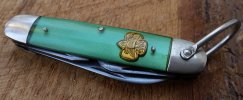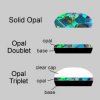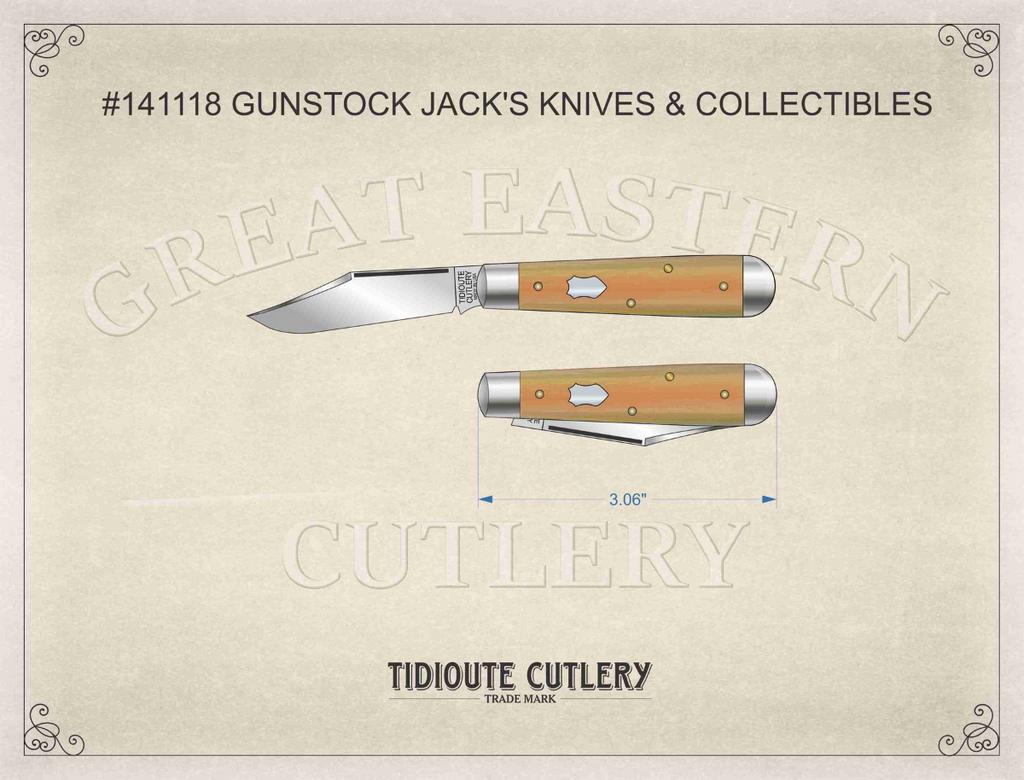r8shell
Knifemaker / Craftsman / Service Provider
- Joined
- Jan 16, 2010
- Messages
- 25,982
I regret not picking up a Looking Glass Pearl knife when I had a chance. I've never seen one in person, but I imagine it feels like acrylic rather than shell. I don't think that would bother me, since I have sentimental feelings about the old Girl Scout knives with the looking glass covers.So maybe you guys can help me out on this "abalone" covers stuff. I like the looks of the covers and always want to buy one but they just seem phony or plastic. I read the LVS and ALVS description but I am still not convinced and view them as layered and molded and compressed plastic to create a look. In other words, if I went out off the California coast and dove for abalone I am sure this is not the shell be used on the knife. I have bought a couple covers like turtle shell acrylic but think that is different thing because I know it's acrylic. What do you think?

I'm not sure how much this applies, but there is a similar technique to make opal gemstones that are less fragile (and less expensive) The top layer in an opal triplet is usually clear quartz, so it feels more like a gemstone and doesn't scratch as easily as plastic. The bottom layer of a dark material like onyx gives the opal depth and color contrast.









